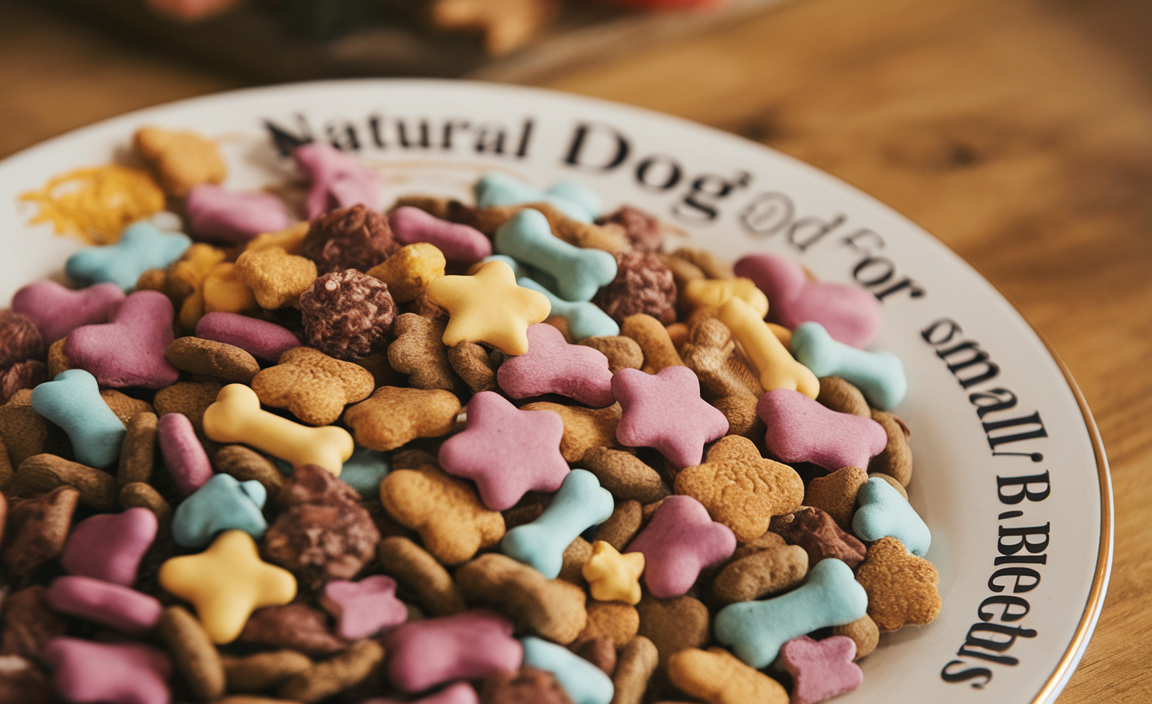Dog Anxiety Signs Fast: Quick Detection
Recognizing dog anxiety signs fast is crucial for the well-being of our canine companions. Just like humans, dogs can experience stress and anxiety due to various triggers, ranging from loud noises and separation to changes in their environment or routine. Understanding these early indicators allows pet owners to intervene effectively, providing comfort and support to their furry friends before their distress escalates. Quick detection isn’t just about comfort; it can prevent more severe behavioral issues from developing and ensure a happier, healthier life for both dog and owner.
The manifestation of anxiety in dogs can be incredibly diverse. Some dogs might become excessively clingy, constantly seeking reassurance, while others might withdraw and become aloof. The key is to observe your dog’s “normal” behavior and be attuned to any deviations. What might seem like a minor behavioral quirk could, in fact, be a sign that your dog is experiencing internal turmoil. Being a proactive observer is the first and most important step in addressing dog anxiety.
Common Dog Anxiety Signs Fast to Watch For
When you’re trying to identify dog anxiety signs fast, look for changes in their body language and vocalizations. Subtle shifts can signal underlying distress.
Excessive Panting and Drooling: While panting is normal for dogs to cool down, persistent, heavy panting, especially when they aren’t overheated or exerted, can be a significant indicator of anxiety. Similarly, excessive drooling, beyond what’s normal before a meal or in hot weather, can suggest stress.
Whining, Barking, and Howling: An increase in vocalizations, especially when your dog is typically quiet, can be a cry for help. This can manifest as incessant whining, anxious barking at seemingly nothing, or desperate howling, particularly when left alone.
Restlessness and Pacing: A dog struggling with anxiety might be unable to settle down. They may pace back and forth, repeatedly get up and lie down, or exhibit difficulty finding a comfortable position. This physical manifestation of an unsettled mind is a clear sign.
Destructive Behavior: Chewing, digging, or scratching are common outlets for pent-up energy and anxiety. If your dog suddenly starts destroying furniture, shoes, or doors, especially when unsupervised, it’s a red flag. This is often seen in cases of separation anxiety.
Elimination Issues: House-trained dogs may suddenly start having accidents indoors. This can be due to stress and a feeling of insecurity, leading them to urinate or defecate inappropriately.
Tail Tucking and Flattened Ears: These are classic body language cues of fear and anxiety. A tucked tail between the legs and flattened ears pulled back against the head indicate a dog feeling threatened or worried.
Lip Licking and Yawning: When stressed, dogs often lick their lips repeatedly, even when there’s no food around. Yawning, when not tired, can also be a displacement behavior signaling unease.
Trembling or Shaking: While dogs might shake when cold, uncontrollable trembling when they are otherwise warm can be a strong indicator of anxiety or fear.
Avoidance and Hiding: A dog experiencing anxiety might try to hide behind you, under furniture, or in another quiet space. They might also avoid eye contact or social interaction with people or other animals.
Aggression: In some cases, anxiety can lead to aggression. A dog feeling cornered or threatened by their anxiety might snap, growl, or bite as a defense mechanism.
Addressing Dog Anxiety Signs Fast: Practical Steps
Once you’ve identified these dog anxiety signs fast, the next crucial step is to act. Early intervention is key to managing and alleviating your dog’s distress.
1. Identify the Trigger: The first and most critical step is to try and pinpoint what is causing the anxiety. Is it a specific sound, a person, being left alone, or a change in their environment? Observing when the anxious behaviors occur can provide valuable clues.
2. Create a Safe Space: Ensure your dog has a designated safe haven, like a crate or a cozy bed in a quiet corner, where they can retreat when feeling overwhelmed. This space should be associated with positive experiences and never be used for punishment.
3. Gradual Desensitization and Counter-Conditioning: For specific phobias, like fear of thunderstorms or fireworks, gradual desensitization can be effective. This involves exposing your dog to very low levels of the trigger while pairing it with positive reinforcement (treats, praise). Over time, you gradually increase the intensity of the trigger as your dog becomes more comfortable.
4. Maintain a Predictable Routine: Dogs thrive on routine. Consistent feeding times, walks, playtime, and bedtime can provide a sense of security and predictability, reducing potential anxiety triggers.
5. Provide Mental and Physical Stimulation: A tired dog is often a less anxious dog. Ensure your dog receives adequate daily exercise and engaging mental stimulation through puzzles, training games, and chew toys. Boredom can often exacerbate underlying anxiety.
6. Avoid Punishment: It’s vital to remember that anxiety-driven behaviors are not malicious acts. Punishing your dog for exhibiting signs of anxiety will only increase their fear and stress, making the problem worse. Focus on positive reinforcement and management strategies.
7. Consult a Professional: If anxiety signs are severe, persistent, or significantly impacting your dog’s quality of life, seeking professional help is essential. A veterinarian can rule out any underlying medical conditions contributing to the behavior. Additionally, a certified professional dog trainer or a veterinary behaviorist can provide tailored strategies, and in some cases, recommend medication to help manage anxiety.
The Importance of Rapid Intervention
The ability to recognize dog anxiety signs fast is a testament to a loving and attentive pet owner. By staying observant and understanding the subtle (and not-so-subtle) ways our dogs communicate distress, we can intervene quickly and effectively. This proactive approach not only alleviates immediate suffering for our pets but also builds a stronger, more trusting bond between you and your canine companion. Remember, a calm and happy dog is a joy to be around, and with the right knowledge and application, you can help your dog achieve that state of well-being.
Meet Elyse Colburn, the devoted canine companion and storyteller behind the enchanting world of “Tales, Tails, and Adventures Unleashed.” A passionate dog enthusiast with a heart full of paw prints, Elyse Colburn shares heartwarming tales and insightful adventures, celebrating the joy, loyalty, and endless antics that make every dog a true hero. Join Elyse Colburn on this tail-wagging journey, where every post is a love letter to our four-legged friends.







